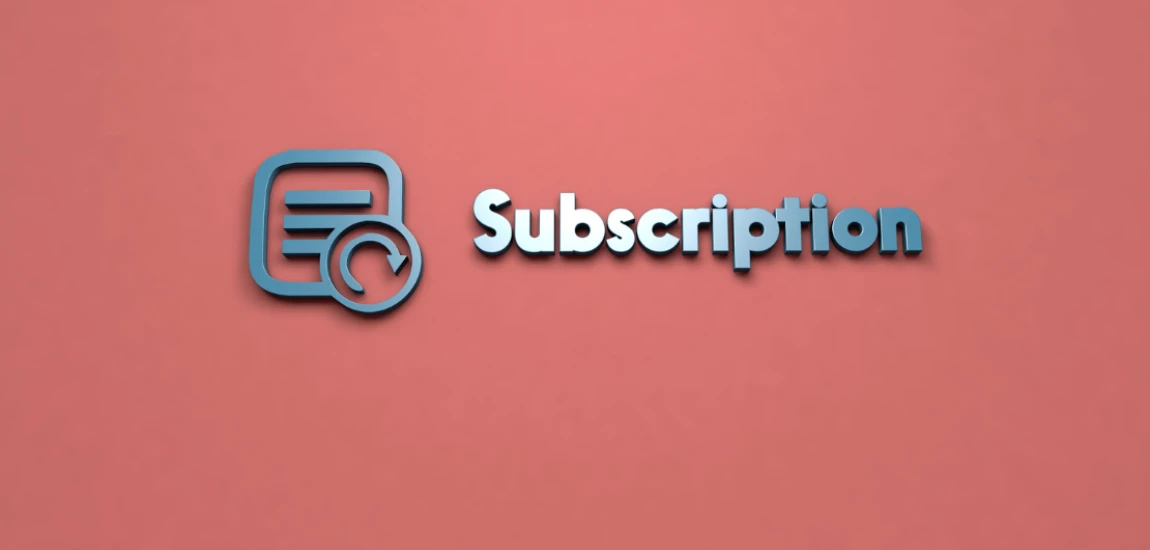Subscription Stack-Up: How Micro-Paywalls Are Reshaping Media Access

The digital age has changed how we consume news, entertainment, and information. From Netflix to niche newsletters, nearly everything now comes with a subscription price tag. While once considered a fair trade-off for high-quality content, subscriptions are starting to stack up. Enter micro-paywalls, a new model where consumers pay for individual articles, episodes, or specific content instead of committing to full-scale subscriptions.
This trend is reshaping how audiences engage with media, giving them more choice while simultaneously raising questions about affordability, accessibility, and long-term sustainability. For creators and publishers, micro-paywalls promise a more flexible revenue stream, but they also risk alienating users who already feel fatigued by endless paywalls.
This blog unpacks the psychology, economics, and cultural implications of micro-paywalls—exploring why they’ve become popular, how they’re changing consumer behavior, and what they mean for the future of media.
Why Micro-Paywalls Are Emerging

Micro-paywalls aren’t just a fad; they’re a direct response to consumer demand and shifting market trends. With traditional subscriptions, users often pay for access to an entire library, even if they only consume a fraction of the content. Micro-paywalls flip this model by letting audiences pick and pay only for what they actually want.
Rising Subscription Fatigue
The average household now juggles multiple subscriptions: Netflix, Disney+, Spotify, Substack newsletters, online magazines, and more. The financial burden has created a phenomenon known as subscription fatigue, where consumers feel overwhelmed and resentful of recurring costs.
The Need for Flexibility
Audiences increasingly prefer flexibility. Instead of locking into yet another monthly plan, micro-paywalls allow users to pay $0.50 for an article or $1 for an exclusive podcast episode. It feels more manageable, especially for casual consumers.
A Creator-Friendly Model
Independent writers, podcasters, and journalists find micro-paywalls appealing because they remove the need for large upfront commitments. This model makes content monetization more accessible to solo creators who might struggle to convince audiences to commit to full subscriptions.
The Consumer Perspective: Freedom or Frustration?

For consumers, micro-paywalls are a double-edged sword. On one hand, they offer freedom of choice. On the other, they risk creating a fragmented and disjointed content experience.
Freedom of Choice
Micro-paywalls empower users to curate their media diets. Instead of being locked into subscriptions they barely use, consumers can pay for just the content they value most—whether that’s a deep investigative report or a single streaming episode.
Psychological Relief from Monthly Charges
For many, the appeal lies in avoiding another recurring bill. Micro-payments feel less intimidating because they’re small, one-off charges. This can ease financial anxiety for those managing multiple subscriptions.
The Downsides of Fragmentation
However, micro-paywalls can also become frustrating. If every platform adopts this model, audiences could face an endless series of small charges, which add up quickly. The scattered nature of payments may also discourage long-term engagement, leaving consumers feeling nickel-and-dimed.
The Publisher and Creator Angle

Micro-paywalls are not just about consumer preferences—they’re also a survival strategy for publishers and creators navigating a tough digital economy.
Revenue Diversification
For creators, relying solely on ad revenue or full subscriptions can be risky. Micro-paywalls diversify income streams, capturing revenue from users who may not commit to a subscription but are willing to pay for one-off access.
Lowering Barriers to Entry
Smaller publishers or independent journalists benefit from this model. Instead of persuading someone to sign up for a $10/month subscription, they can start by offering a $1 article. This reduces entry friction and builds trust with audiences over time.
The Trust Equation
However, this model relies heavily on trust. Consumers must believe the content is worth paying for before committing—even if it’s just a micro-transaction. If publishers overcharge or underdeliver, they risk alienating readers who will quickly move on to free alternatives.
The Psychological Side of Micro-Payments

At its core, the rise of micro-paywalls taps into human psychology. The way consumers perceive value, pricing, and commitment is central to understanding this trend.
The Illusion of Affordability
A $1 fee feels insignificant compared to a $10 subscription. This psychological trick makes consumers more willing to spend, even if frequent small payments eventually surpass the cost of a subscription.
Impulse Purchases in Media
Much like app stores or in-game purchases, micro-paywalls encourage impulse buys. If a headline is compelling or an exclusive video is trending, consumers are more likely to pay instantly without overthinking.
Decision Fatigue and Cognitive Load
But too many micro-paywalls can backfire. Constantly deciding whether content is “worth it” creates decision fatigue, reducing engagement over time. Users may avoid content altogether to escape the cognitive burden of repeated micro-transactions.
How Micro-Paywalls Are Reshaping the Media Landscape

The adoption of micro-paywalls is reshaping not only consumer behavior but also the structure of media industries themselves.
News and Journalism
For journalism, micro-paywalls could represent a lifeline. As ad revenue declines, pay-per-article models allow publications to monetize occasional readers without alienating them with expensive subscriptions. This could especially help local news outlets struggling to survive.
Streaming and Entertainment
Streaming services are experimenting with micro-pay models too. Some platforms test “pay-per-episode” access for casual viewers who don’t want a full subscription. This hybrid approach could make streaming more flexible but risks complicating an already fragmented industry.
Global Accessibility
In developing regions, micro-paywalls make premium content more accessible. Instead of paying a steep monthly fee, audiences can buy content in smaller, affordable increments, expanding reach and inclusivity.
The Future of Micro-Paywalls: Sustainability or Short-Lived Trend?

The big question is whether micro-paywalls will become a permanent fixture or fade as another digital experiment.
Opportunities for Innovation
If implemented thoughtfully, micro-paywalls could foster innovation. Bundling micro-transactions, offering discounts for frequent purchases, or integrating them into digital wallets could make the experience seamless and consumer-friendly.
The Risk of Over-Saturation
But oversaturation is a real risk. If every platform adopts micro-paywalls aggressively, consumers could push back, much like they did with subscription fatigue. The challenge is finding the right balance between accessibility and over-monetization.
Toward a Hybrid Future
The most likely outcome is a hybrid model—where subscriptions, ads, and micro-paywalls coexist. Different consumers have different needs, and platforms that offer flexible options will likely thrive. The key will be designing systems that prioritize user experience over short-term profit.



